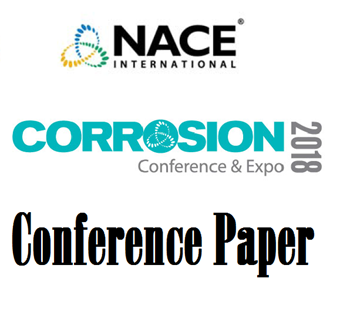Search
Products tagged with 'sol-gel'
View as
Sort by
Display
per page
51318-10539-Marine anticorrosion and antifouling assessment of multifunctionalized hybrid sol-gel coatings
Product Number:
51318-10539-SG
Publication Date:
2018
$20.00
Assessment of Anticorrosion/Antifouling Performances of a Novel Hybrid Epoxy-Siliconized Coating
Product Number:
51317--8906-SG
ISBN:
8906 2017 CP
Publication Date:
2017
$20.00
BPA Epoxide Inorganic/Organic Coatings with nanoCarbon Additives
Product Number:
41215-933-SG
Publication Date:
2015
$20.00
Chemical Reactivation of Exterior Decorative Aerospace Livery Coatings
Product Number:
41213-732-SG
Publication Date:
2013
$20.00
Corrosion Resistance Waterborne Sol-Gel Coatings using Conventional Polyester Resin and Epoxy Modified Silane for Aluminum and Magnesium
Product Number:
41208-424-SG
Publication Date:
2008
$20.00
Lightweight Sol-Gel Coating to Mitigate Galvanic Corrosion
Product Number:
51323-18758-SG
Publication Date:
2023
$20.00
Modification of Surface Properties of Metals by Sol-Gel Coatings
Product Number:
41205-178-SG
Publication Date:
2005
$20.00
Optimizing Sol-Gel Coatings for Corrosion Protection of Braking Discs
Product Number:
51323-18872-SG
Publication Date:
2023
$20.00
Performance Characterization of Waterborne Sol Gel Derived Epoxy-Amine Silane Coating on Aluminum Alloy
Product Number:
41207-346-SG
Publication Date:
2007
$20.00
Thin Sol-Gel Coatings for Fouling Mitigation in Heat Exchangers
Product Number:
51317--9168-SG
ISBN:
9168 2017 CP
Publication Date:
2017
$20.00









